土木工程学士学位
Bachelor of Science in Civil Engineering

学历文凭
Bachelor Degree

专业院系
Department of Civil and Environmental Engineering

开学时间

课程时长

课程学费

国际学生入学条件
IELTS - 6.5 (6.5 in Speaking and 6.0 in other three components)
TOEFL iBT - 80 (20 in each Component)
IDP—雅思考试联合主办方

雅思考试总分
6.5
- 雅思总分:6.5
- 托福网考总分:80
- 托福笔试总分:160
- 其他语言考试:PTE - 53 (49 in each Component)
CRICOS代码:
申请截止日期: 请与IDP联系 以获取详细信息。
课程简介
The degree program in the Department of Civil and Environmental Engineering is open enrollment. The BYU Department of Civil and Environmental Engineering prepares students for professional involvement in structural, water resources, environmental, geotechnical (soils), and transportation engineering. Structural engineers analyze and design buildings, bridges, and other structures. The engineer applies principles of physics, mathematics, and engineering to develop efficient yet safe designs. Sophisticated computer models are used in these analyses. Materials used by structural engineers include steel, aluminum, concrete, masonry, wood, and composites. Water resource and environmental engineers design pipeline systems, water treatment plants, dams, flood control structures, waste disposal sites, and environmental restoration projects. Computer modeling and analyses are used in design and to forecast storm runoff, flooding, and movement of contaminants in surface and subsurface waters. Environmental engineers evaluate and reduce pollutants from natural, human, agricultural, and industrial sources to preserve the beauty and quality of air, land, and water. Geotechnical engineers design structures composed of or located within earth materials, including foundations for buildings and bridges, retaining walls, earth dams, highway embankments, tunnels, and liners for landfills. Field and laboratory tests on soil and rock, along with empirical and computer models, are used to assure safety and economy in design. Traffic and transportation engineers apply scientific principles to the planning, design, construction, operation, and management of transportation systems, including highways, airports, and mass transit facilities. Transportation engineers are responsible for the safe, rapid, comfortable, convenient, economical, and environmentally compatible movement of people and goods. Computer models and simulations are frequently used by traffic engineers for geometric design and for planning, operating, and managing transportation networks, including intermodal systems.<br><br>Licensure: This program meets the educational requirements designed to lead to an occupationally required professional license or certificate in the state of Utah. Students pursuing occupations requiring a license or certificate in a state other than Utah should contact the appropriate BYU academic advisement center as well as the licensing agency in the state where they intend to work to seek information and guidance regarding licensure and certification requirements.
相关申请
 预科
预科 奖学金
奖学金 实习机会
实习机会 在校学习
在校学习 跨境学习
跨境学习 校园授课-线上开始
校园授课-线上开始 在线/远程学习
在线/远程学习
开学时间&学费
学费信息仅供参考,请与IDP联系以获取详细信息
| 开学时间 | 时长 | 学费 | 地点 |
|---|
关于杨百翰大学

杨百翰大学(简称BYU)是一所私立四年制大学,成立于1875年,隶属摩门教,是全美最大的教会大学。最佳的学科是计算机科学、初级教育、工程、商科(尤其是会计),此外,大众传播和制造科技也备受学生的欢迎。新生入学时,必须签署一份约章,包括不饮酒、不吸毒、不抽烟,甚至不喝咖啡或茶。学生必须选修七学期的宗教课程,校内教规颇严。大学只有四分一的学生可以在五年内毕业,因为修毕第一年后,近八成的学生都会依照教会传统,出外做两年传教士。百翰大学只有四分之一的学生可以在五年内毕业,因为修毕第一年后,近八成的学生都会依照教会传统,出外做两年传教士。教友子弟入学都可获减年学费950美元。如学生不是摩门教徒,收费则增加。《美国新闻与世界报道》评为二级国家级大学,全美学术排名《Academic Reputation Ranking》第67。用于学生服务的特殊设备包括地球科学博物馆、地震测量仪器、电影制作部门、植物科学研究室、乳品动物农场、语言中心等。大学设有多达4400个奖学会,金额由600~2850美元不等.此外,教会还有专为教友开设的学生贷款,全校有六成学生都获得资助。特殊设备包括地球科学博物馆、地震测量仪器、电影制作部门、植物科学研究室、乳品动物农场、语言中心等。图书馆:藏书 174万册,缩微资料131万件,期刊16722种。计算机:IBM 4341,Digital VAX/VMS。科研机构和实验室:本森农业和食品研究所;蒙特·L·比恩生命科学博物馆;肿瘤研究所;高压数据中心;环境分析实验室;艾林研究所。杨百翰大学(BrighamYoungUniversity)在美国大学排名2016为第66名。
本校相关课程

法学博士/会计学硕士
学历文凭
Combined Graduate / Doctoral Degree
开学日期
课程费用总额


法学博士/工商管理硕士
学历文凭
Combined Graduate / Doctoral Degree
开学日期
课程费用总额


野生动植物保护哲学博士
学历文凭
Ph.D.
开学日期
课程费用总额

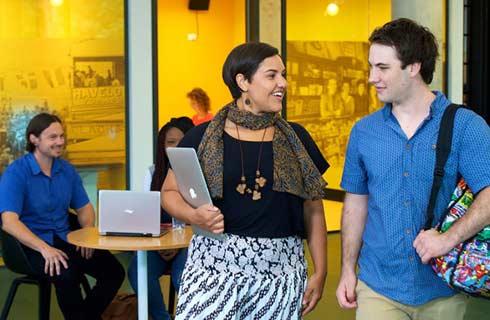
心理学哲学博士-临床
学历文凭
Ph.D.
开学日期
课程费用总额


心理学哲学博士
学历文凭
Ph.D.
开学日期
课程费用总额

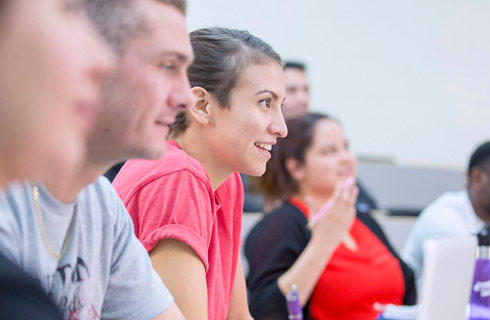
生理学和发育生物学哲学博士
学历文凭
Ph.D.
开学日期
课程费用总额

其他相关课程
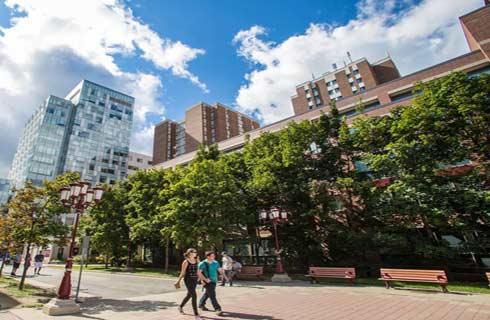
Bachelor of Science in Civil Engineering
 伦斯勒理工学院
伦斯勒理工学院泰晤士高等教育世界大学排名:554
学历文凭
Bachelor Degree
开学日期
课程费用总额


Bachelor of Science in Civil Engineering
 中佛罗里达大学-Shorelight
中佛罗里达大学-Shorelight学历文凭
Bachelor Degree
开学日期
课程费用总额

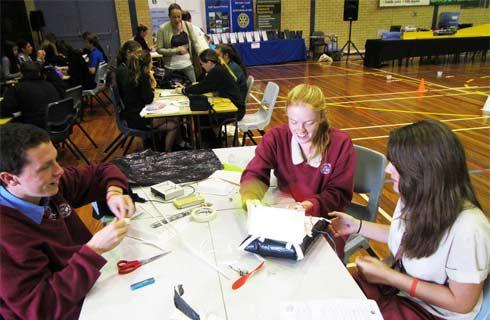
土木工程学士学位
 圣地亚哥州立大学
圣地亚哥州立大学泰晤士高等教育世界大学排名:1107
学历文凭
Bachelor Degree
开学日期
课程费用总额


Master of Science in Civil Engineering
 爱荷华州立大学
爱荷华州立大学泰晤士高等教育世界大学排名:431
学历文凭
Masters Degree
开学日期
课程费用总额


Doctor of Philosophy in Civil Engineering
 湖首大学
湖首大学泰晤士高等教育世界大学排名:1080
学历文凭
Ph.D.
开学日期
课程费用总额

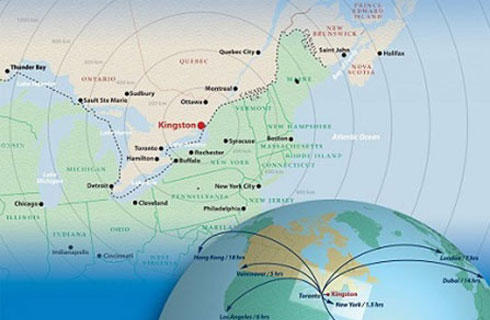
土木工程理学硕士
 密西西比州立大学
密西西比州立大学泰晤士高等教育世界大学排名:684
学历文凭
Masters Degree
开学日期
课程费用总额










